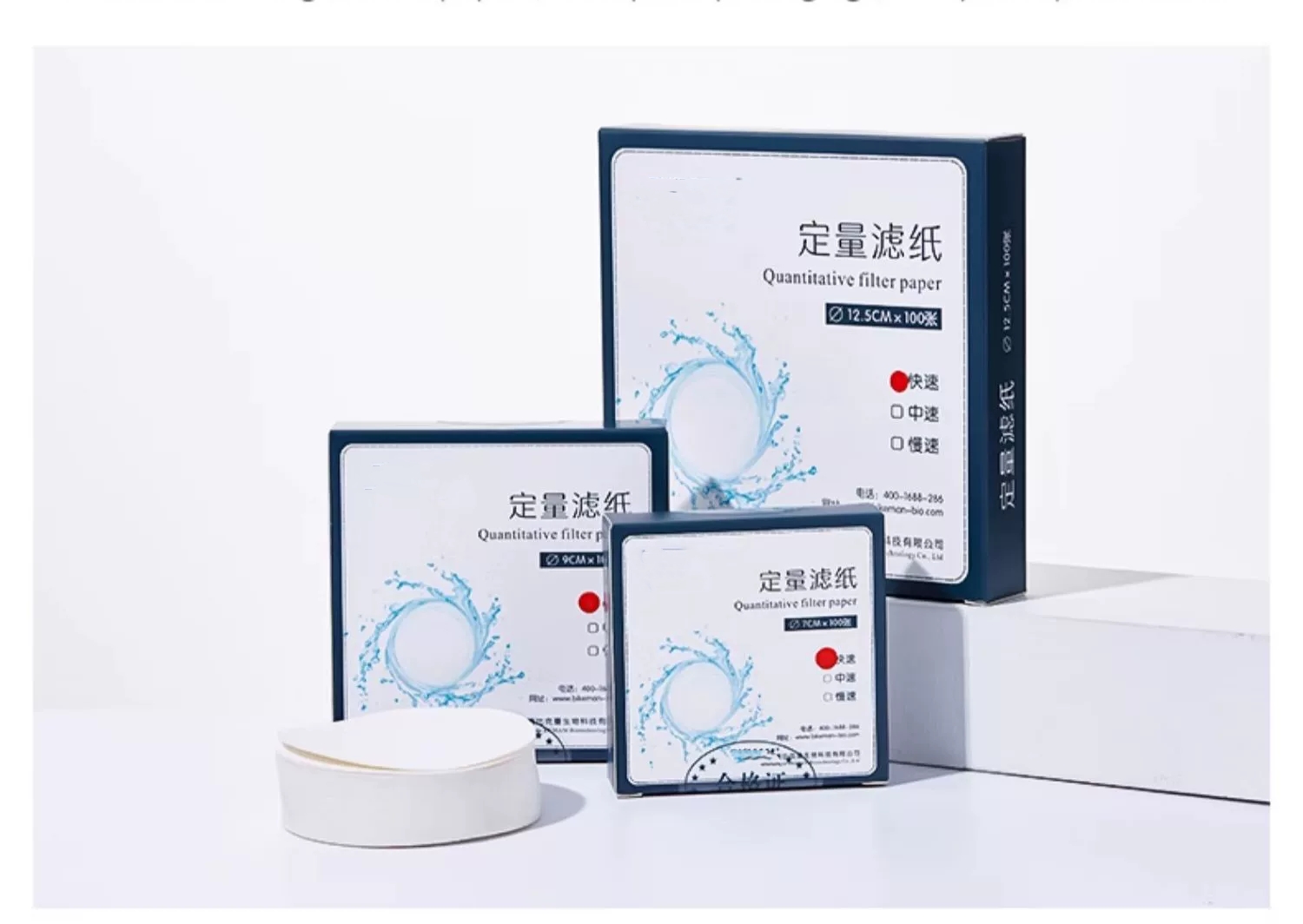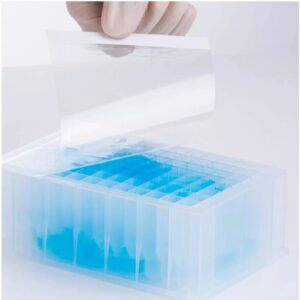Quantitative and Qualitative Filter Papers: The Epitome of Filtration Excellence
- In the sophisticated realm of laboratory analysis and research, quantitative and qualitative filter papers reign supreme as essential tools for scientists and analysts. These papers meticulously craft to meet the diverse and exacting demands of modern scientific investigations.
- Constructed from premium-grade cellulose, quantitative and qualitative filter papers offer a harmonious blend of strength and porosity. Their unique microstructure enables them to perform two crucial functions with remarkable precision. Qualitatively, they act as efficient sieves, separating solid impurities from liquids and gases. This is invaluable in a myriad of applications, from purifying chemical reagents to clarifying biological samples. In a chemistry laboratory, it can use to isolate precipitates formed during a reaction, ensuring a clear view of the reaction outcome and facilitating further analysis.
- Quantitatively, these filter papers engineer to provide accurate and reproducible results. They design to retain a specific percentage of particulate matter, allowing for precise gravimetric analysis. This means that scientists can rely on them to measure the mass of substances with a high degree of confidence. In environmental studies, for example, they can be used to determine the amount of particulate pollutants in air or water samples, contributing to a better understanding of environmental quality and the impact of human activities.
- The availability of different grades and pore sizes further enhances their versatility. Fine-pored papers are perfect for capturing minute particles and are often used in pharmaceutical research for quality control purposes. Coarser grades, on the other hand, enable faster filtration rates and are suitable for applications where speed is of the essence, such as in large-scale industrial processes that require preliminary filtration of raw materials.
- Both quantitative and qualitative filter papers exhibit excellent chemical resistance. They can withstand exposure to a wide range of acids, bases, and solvents without compromising their filtration capabilities. This durability ensures that they can use in various chemical and biochemical assays without fear of contamination or degradation.
- In addition to their functional prowess, these filter papers are user-friendly. They are easy to handle, cut, and fit into different filtration apparatuses. Their consistent quality and performance make them a reliable choice for laboratories around the world.
- In conclusion, quantitative and qualitative filter papers are the cornerstones of accurate and reliable filtration in scientific research and industrial applications. Their combination of strength, porosity, chemical resistance, and versatility makes them an indispensable asset for any laboratory or research facility. Whether it’s for fundamental research, quality control, or environmental monitoring, these filter papers continue to play a vital role in advancing scientific knowledge and ensuring the integrity of analytical results.





Reviews
There are no reviews yet.